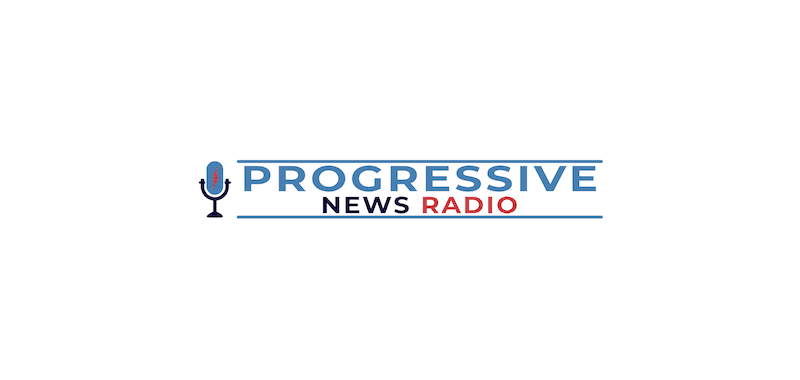For two years, I have used this venue to expose medical malpractice litigation as a serious threat to society and the medical profession. From your responses, I conclude that patients and doctors are ready for a paradigm shift. Two elements are essential: rational decision-making and stakeholders like yourselves who care. I have the decision-making model, and you have the desire. However, you are paralyzed by hopelessness.
Meanwhile, 85,000 medical malpractice lawsuits are filed per year. Of these, 52,190 (61.4%) are dropped, while 32,810 (38.6%) proceed. Of those, 26,860 are settled, 4,760 result in defense verdicts, and 1,190 result in plaintiff verdicts. The total litigation cost in the U.S., including judgments and settlements, is $184 billion.
In this status quo, only 1 out of every 37.5 cases that plaintiff attorneys review are represented. Therefore, 85,000 unfortunate outcomes result in lawsuits, but 3,102,500 cases are abandoned.
For the sake of argument, if all settlements and plaintiff verdicts are presumed to have merit, this corresponds to 28,050 lawsuits. Therefore, 33.333% have merit, but 56,950, or 66.667%, do not. If true in 52,190 lawsuits that are dropped, 17,379 likely have merit and should proceed. Of the 26,860 lawsuits that are settled, 17,250 are likely frivolous. Of the 4,760 defense verdicts, 3,170 should be plaintiff verdicts. Of the 1,190 plaintiff verdicts, 793 should be defense verdicts. Most significantly, of the 3,102,500 cases that are reviewed but abandoned, 1,033,133 probably have merit.
I am told: “Mistakes happen. Like it or not, this is the system, and how dare I challenge it.” However, when 2/3 of all decisions are wrong, these are not mistakes. The system needs to be challenged because it is defective.
The preponderance of evidence is the fundamental principle in decision-making. It requires 50% probability plus a scintilla. Expert witnesses use the preponderance of evidence to form their opinions. Lawyers use it to prove or cast doubt on a case. Triers of fact use it to make decisions.
Scintilla has a discretionary value that remains in the eyes of the beholders. The chance for any decision to be incorrect can be no greater than 50%. This corresponds to 100% minus preponderance of evidence, known as a type-1 error. The lower the scintilla, the greater the defect.
What would a system look like with a decision-making process that has 95% confidence? Imagining such a system merely requires a value for a scintilla of 45%. After all, scintilla is arbitrary, and 50% + 45% = 95%. Like it or not, 95% satisfies the preponderance of evidence; however, the type-1 error is 5%. Ninety-five percent is the benchmark in hypothesis testing. In medical malpractice, the hypothesis always proposes that the unfortunate outcome is an error of nature. This is called the null hypothesis. When there is 95% confidence that the null hypothesis is true, it is retained. If not, it is rejected, and the unfortunate outcome is a medical error.
Medical expert witnesses are duty-bound to be non-partisan. They are very familiar with hypothesis testing. If they use hypothesis testing, there is no better way to remain non-partisan.
Triers of fact are bound to judicial instruction, which permits them to select any value for scintilla that suits their fancy. If knowing that one opinion has 95% confidence and the other has 50% probability plus a scintilla, triers of fact will likely agree with the 95%.
Instead, there is the status quo and 28,050 settlements and plaintiff verdicts. The average settlement or verdict is $330,000, corresponding to $9.26 billion. This includes damages paid in frivolous claims and overzealous verdicts, which account for 66%, or $6.13 billion. Correcting for this, meritorious settlements and meritorious plaintiff verdicts are $3.13 billion.
If there are $3.13 billion of meritorious settlements and plaintiff verdicts when there is a type-1 error of at most 50%, it is just a matter of mathematics to determine meritorious settlements and plaintiff verdicts if type-1 error is at least 5%. This calculation must also consider that, under this circumstance, there potentially will be 1,061,438 lawsuits, or 12.5 times the number of lawsuits today.
X = 12.5 ($3.13 billion x 5% / 50%) = $3.913 billion. This is a 125% increase in cost but a 1,250% increase in efficiency. After a paradigm shift, there will be approximately 1 million lawsuits filed every year. However, the proportion of cases that today are dropped but have merit will be redistributed into settlements and/or plaintiff verdicts. Likewise, all frivolous claims will be dropped, dismissed, and/or result in defense verdicts. The average meritorious award is $411,182. The adversarial system remains unchanged, but the time to adjudicate these cases is shortened. Plaintiff attorneys make more on contingency fees. Defense attorneys prosper because they save malpractice carriers money. All claimants are represented. The total litigation costs are less than $184 billion. Malpractice carriers make more profits, and doctors pay lower malpractice premiums.
There are 1 million doctors and 300 million patients in the U.S. In the status quo, each has a 1-in-3-million risk that an unfortunate outcome will gain the attention of some lawyer. One in 85,000 will result in a lawsuit. Each has a 66% chance of being non-meritorious, but even so, the chance of proving merit is 50% plus a scintilla.
In a paradigm shift, the number of doctors and patients and the risk of unfortunate outcomes are the same, but the risk of a resulting lawsuit is 1 in 1 million, each with a 5% chance of being non-meritorious, but proof of merit has 95% confidence.
It is up to those who profit from the status quo to change the paradigm, but it is up to us to change them. In the status quo, the chance to win a frivolous lawsuit is 50% plus a scintilla. After a paradigm shift, it is 5%. This is the truth, and the truth will set us free. We have less reason to feel hopeless than they do.
Howard Smith is an obstetrics-gynecology physician.


